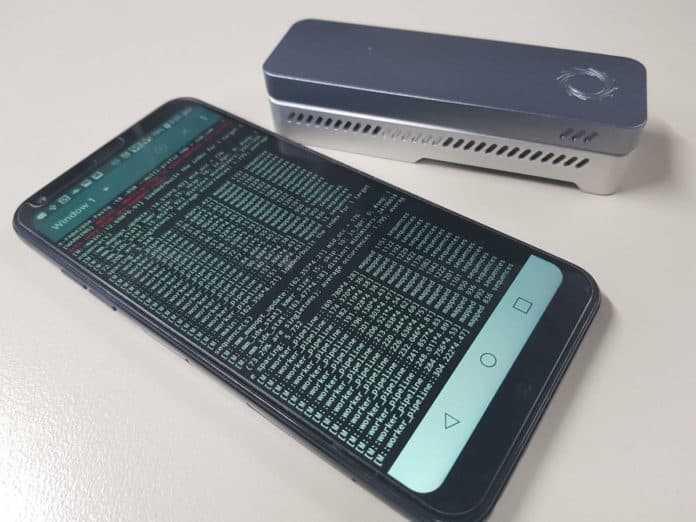Offline “On the Spot” Genome Analysis Method Developed
The ability to read the genome–all the DNA of an organism–has a vast capacity to understand human health and disease. A novel method to take genome analysis ‘offline’ has been published by the Researchers at the Garvan Institute of Medical Research and UNSW Sydney. The study stats that genome analysis can be taken offline by adapting a computer algorithm that can perform accurate analysis–with much less computer memory than current programs.
The algorithm developed by the scientist may make it feasible to identify infectious diseases in remote locations, or in the hospital bedside, using the computational memory of devices as small as a smartphone.
Already Devices that can accommodate entire genomes, such as the Oxford Nanopore Technologies MinION sequencers been used to track the Ebola virus in New Guinea and the Zika virus in Brazil and these devices are small enough to clip onto a smartphone.
Such devices have the ability to create over a terabyte of data in 48 hours, but their use has been limited, because comparing or ‘aligning’ the DNA from an unknown sample to a reference database of known genomes is computationally intensive. Until now, this process was only possible with high-performance computer workstations or an internet connection.
Currently a computational method have been published by Dr. Martin Smith, Team Leader of Genomic Technologies in the Garvan Institute‘s Kinghorn Center for Clinical Genomics, and his staff on how to reduce the amount of memory necessary to align genomic sequences from 16GB to 2GB, making it possible for analysis to be done on-the-spot, using the memory available in a typical smartphone.
Dr. Smith stated that they are focused on making genomic technology more accessible to enhance human health. They’re becoming smaller but still need to function in remote places, so they created a method on a mobile device that can analyze genomic data.
The Minimap2 program was adopted by the team, which aligns DNA sequencing ‘reads’ to a reference library of known genomes. The reference library is usually sorted or indexed, which helps in mapping the sequencing reads to their corresponding positions quickly in a reference genome.
Dr. Smith explains that the challenge which we are facing now is too much computer memory is being acquired by reference index. An approach of dividing the reference library up into smaller segments was taken by the team, against which they mapped the DNA reads. Once they finished mapping into the smaller sections, the results were pooled together and tease out the sound, much like creating a panorama by stitching together smaller photos
Dr. Smith stated that- a lot of spurious and duplicate mappings were produced after splitting up the reference data by other algorithms just like overlapping photos in the panorama. What they did in this study was fine-tune parameters and choose the best mappings across several smallish indexes. This strategy gave them similar precision as present standard genomic analyses, which previously required the memory available in high-performance computers,”
Dr. Smith’s team compared the precision of their algorithm to standard genomics workflows. Not only did their outcomes replicate 99.98percent of the alignments, but by using the smaller index segments the group could map an extra 1% of sequencing reads.
The findings of the study were published in Scientific Reports: “Featherweight long read alignment using partitioned reference indexes”.
Being optimistic about his technology Dr. Smith stated that- The potential of lightweight, portable genomic analysis is vast–we expect that this technology will one day be implemented in the context of point-of-care microbial infections in remote regions, or in doctors hands in the hospital bedside.






























